Different Tire Tread Patterns – Complete Guide
When it comes to your vehicle’s performance and safety, tire tread patterns play a critical role. Not only do they influence your car’s handling and grip on different surfaces, but they also impact fuel efficiency and noise levels. There is a reason why tires and their tread patterns differ so widely. Tires with different treads are needed for various driving surfaces to ensure their safe functioning.
But what are the various tire tread patterns used for? And which tire tread patterns are available? But first, we need to talk about what is a tire tread exactly.
Let’s find out!
What are Tire Treads?
The part of the tire that comes into contact with the road is known as the tread, And if you take a look at different tires on the market, you’ll notice different varieties in their tread patterns. If you drive, you probably know what it is. You might be surprised to learn, though, that the particular tread patterns your tires use can affect how well they handle and how much traction they offer under various driving circumstances.
In this article, we’ll examine in more detail the elements of tire tread patterns as well as all three types you may see when looking for new tires: directional, asymmetric, and symmetric.
Also Read: What Is Tire Tread Depth?
Elements of Tire Tread Pattern
Before we get started, here’s a quick overview of the basic elements of a modern tire’s tread pattern
Tread Blocks: The raised rubber sections that will come into touch with the road surface are known as tread blocks.
Ribs: Raised portion of the tread pattern that is composed of tread blocks.
Sipes: Tiny cuts molded onto the tread blocks that boost grip by adding more biting edges.
Cross Slots: Water evacuation-assisting channels molded into tread components.
Grooves: The channels that run between the tread ribs and around the perimeter of the tire.
Understanding the Three Main Tire Tread Patterns
What types of tire treads are available on the market? What purposes are they good for?
It’s safe to conclude that different tread pattern designs work better for varied purposes. While some offer extreme weather traction or high-speed capability, others offer comfort. Understanding the differences between symmetric tread designs, asymmetric tread patterns, and directional tread patterns is crucial.
1. Symmetrical Tire Treads
The most popular tires available are the ones with a symmetric tread pattern. On both sides of the tires, their footprint is composed of continuous tread blocks or ribs arranged in the same pattern.
This tread pattern design on tires is most helpful for the everyday driver. This is due to the fact that symmetric tread patterns provide excellent comfort and a longer tread life while also being fuel-efficient.
The only problem with symmetric tires is that they are difficult to adapt to different road conditions. They are not the greatest in wet and slick weather, though this isn’t always the case with tires in this category. They are also not suitable for high-speed operation.
Main Benefits of Symmetric Tread Patterns
– Vibration-free, smooth performance
– Optimized directional stability
– Increased fuel economy
Best For:
Symmetrical tire treads are best for everyday driving on regular roads. Ideal for drivers who do not face extreme weather conditions frequently.
Also Read: 10 Most Common Tire Problems To Avoid
2. Asymmetrical Tire Treads
The asymmetric pattern on tires combines two different patterns into one footprint. These different tire designs are suited for particular uses and fulfill specific functions. In other words, the asymmetric tire’s inner and outer patterns work together to enhance driving safety.
The inner tread pattern of an asymmetric tire usually deals with traction. It has lateral or circumferential grooves to improve water dispersion and prevent hydroplaning. On the other hand, the bigger tread blocks of the outer pattern help to enhance mobility and traction. They can also be used to reduce the volume of traffic noise.
In addition, the asymmetrical pattern encourages precise handling, which further qualifies these tires for high-speed uses. Because of this, most of the high-performance tires are non-symmetrical.
But tire rotations will be a bit more difficult if your tire’s tread is asymmetric.
Main Benefits of Asymmetrical Tires:
– Sharp and quick handling
– Increased maneuvering ability
– Exceptional wet weather traction
Best For:
Asymmetrical tire treads are best for Sports cars and high-performance vehicles, but also suitable for everyday cars needing better handling and stability.
3. Directional Tires Treads
The directional tread pattern is created to roll in one direction. The lateral grooves in directional tires are primarily V-shaped, producing patterns in the tread. As a result, Directional tires offer the strongest resistance against hydroplaning.
The sidewall of tires with directional tire tread has marks that indicate the direction of the tire tread. This means that they have to be mounted in a specific manner.
Tire sipes and tire grooves are used in directional tread designs to improve grip in bad weather. This tire tread pattern produces biting edges to maximize mud and snow grip. This is ideal for all-season and winter tires.
Main Benefits of Directional Tread Patterns:
– Superb hydroplaning resistance
– Improved harsh weather controllability
– Maintained surface traction during high speeds
Best For:
Directional tires treads are best for Wet and snowy conditions, high-speed driving. Ideal for vehicles that require superior traction and handling in adverse weather.
Hybrid Tire Tread Design (The Directional and Asymmetrical Tire)
A fourth tread pattern, hybrid, emerged as the market demand for special tires is increasing. It is the directional-asymmetric tread pattern.
This pattern combines the V-shaped pattern of directional tread patterns with the optimized dual pattern design of asymmetric tires. Therefore, the tire offers the best features from both tread pattern types.
They improve its high-speed performance and provide greater resistance to hydroplaning. This type is perfect for winter weather applications and high performance.
Main Benefits of Directional-Asymmetric Tires:
– Enhanced inclement weather traction
– Increased high-speed handling and durability
– Stable and sharp performance
Best For:
Hybrid tire tread design is best for Off-road vehicles, SUVs, and trucks that frequently drive on challenging terrains.
Also Read: What Should My Tire Pressure Be?
How to Choose the Right Tire Tread Pattern
When it comes to choosing the right tire tread pattern for your vehicle, there are the following factors to consider:
1. Assess Your Driving Conditions
Consider the typical driving conditions you encounter. If you drive mostly on highways and city roads, a symmetrical or asymmetrical pattern may be sufficient. For those in regions with heavy rainfall or snow, directional or hybrid patterns would be more appropriate.
2. Understand Your Vehicle’s Needs
Different vehicles have different performance requirements. Sports cars and high-performance vehicles benefit from asymmetrical and directional patterns.
3. Check Manufacturer Recommendations
Always refer to the tire specifications and recommendations provided by your vehicle manufacturer. They often suggest the best type of tread pattern for optimal performance and safety.
4. Consider Tire Rotation
If you plan to rotate your tires frequently to extend their lifespan, symmetrical tread patterns offer more flexibility. Directional and asymmetrical patterns have specific rotation patterns that must be followed.
Conclusion
Tire tread patterns are more than just designs on your tires; they are crucial for your vehicle’s performance, safety, and efficiency. By understanding the different types of tread patterns and their specific benefits, you can make an informed decision that matches your driving needs and conditions. Always consider your driving environment, vehicle type, and manufacturer recommendations when choosing the right tread pattern for your tires. Safe driving starts with the right tires!
Frequently Asked Questions
What is the Difference Between Symmetrical and Asymmetrical Tires?
The tread patterns of symmetric and asymmetric tires differ mostly from one another. An asymmetric tire tread design combines two different tread patterns to maximize traction, whereas a symmetric tire tread design uses a single tread pattern over the whole footprint. They offer traction in a marginally distinct way.
How do Tire Treads Increase Friction?
Different tread elements are used by different tire tread types to create friction. Summer tires maximize dry grip by utilizing their surface contact. Traction on wet and snowy roads is provided by the sipes, grooves, and tuned blocks found on all-season and winter tires. Moreover, grooves prevent hydroplaning.
Which Tyre Tread Pattern Is Best?
Symmetrical tread patterns are best for regular driving on dry and mildly wet roads. Asymmetrical patterns are suitable for high-performance and varied conditions While directional tread patterns excel in wet and snowy conditions.
What are Directional Tires?
Directional tires have a V-shaped tread pattern that rotates in one direction. They excel at water displacement, reducing hydroplaning, and providing high-speed stability.
What is an Asymmetrical Tire?
Asymmetrical tires have different patterns on the inner and outer tread. This design balances water dispersion and cornering grip, making them versatile for varied driving conditions.

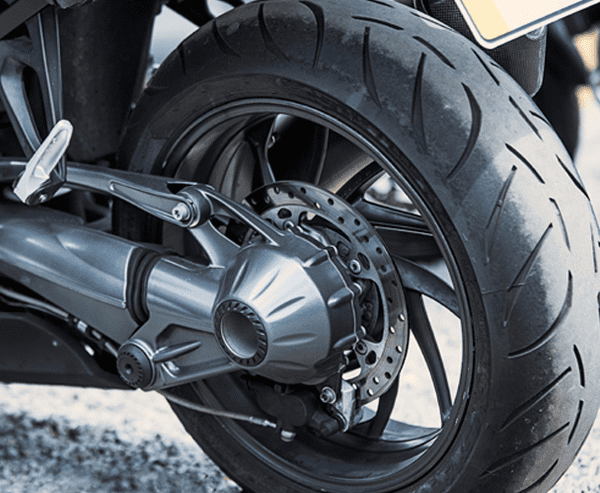
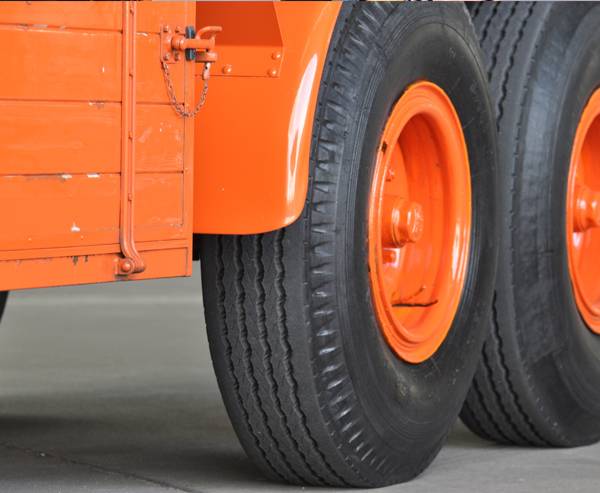

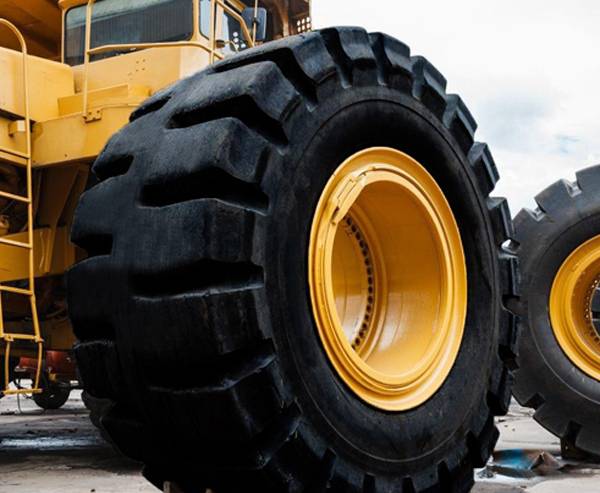
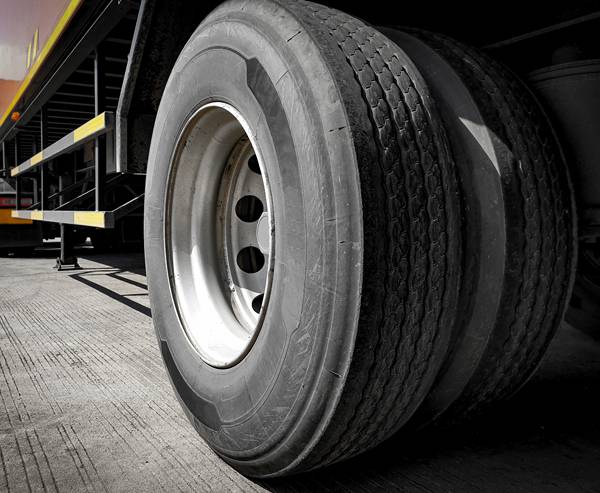
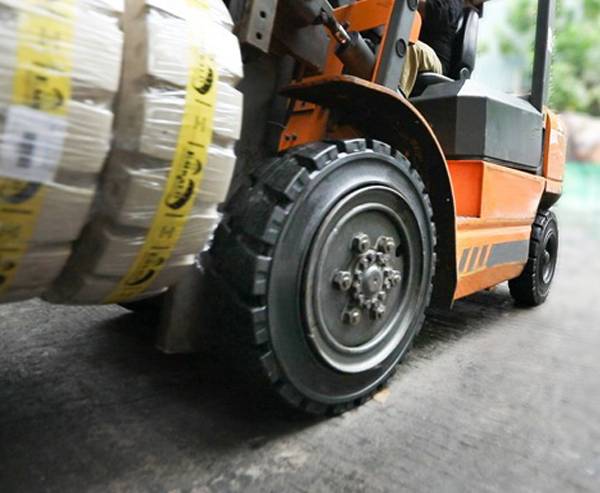




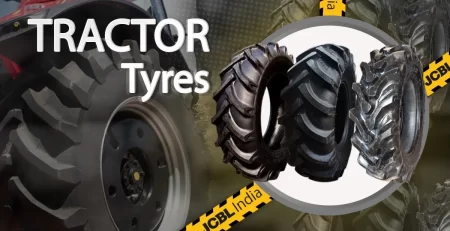





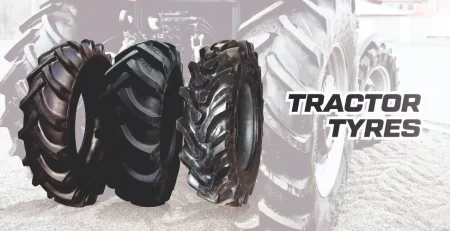

Leave a Reply